PHU THO Regenerating rice during the current crop season does not bring much economic efficiency but still brings environmental significance because it does not require the use of chemical fertilizers or pesticides.
Rice plants gradually recede
Mr. Luong Trung Tuyen - Director of Bao Yen Commune Agricultural Cooperative (Thanh Thuy District, Phu Tho) said that about 20 years ago, regenerated rice or what people still call dead rice, dong rice, whoever takes the time to look after it can harvest it.
At that time, rice was still valuable, so people set up tents right on the fields to prevent buffaloes and cows from destroying the regenerated rice. On average, each family managed about 10 acres. After that period, people gradually rented out their fields during the crop season to raise fish, and the contractor harvested the regenerated rice or raised ducks, and added water to feed the fish to save on buying bran. Mr. Nguyen Van Thang in Zone 3 (Bao Yen Commune) raised fish and looked after the regenerated rice, and each crop yielded a ton of rice.
In recent years, people in Bao Yen commune, although renting out their fields for fish farming, still mostly harvest the regenerated rice. Currently, each area has about 10 people collecting and harvesting the regenerated rice like this. Rice is no longer as valuable as before, so no one has to set up tents to watch it anymore. On average, they harvest about 50kg of rice per sao of regenerated rice.
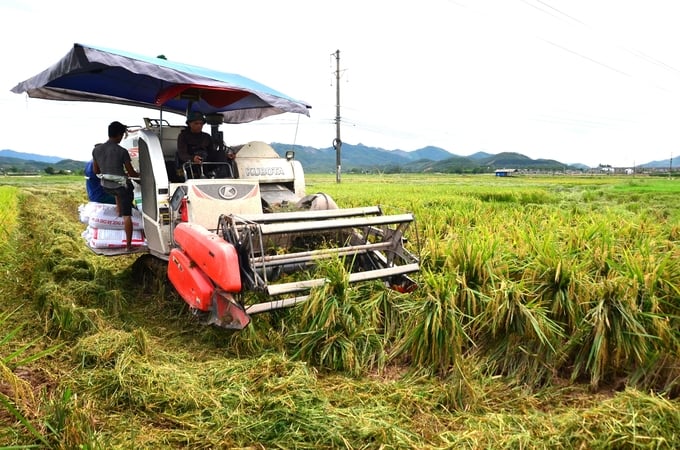
The harvester's tracks crush the straw, making it impossible for it to regenerate. Photo: Duong Dinh Tuong.
When hand harvesting was still popular, the area of regenerated rice in Bao Yen commune was up to 150 hectares. Since the development of machine harvesting, the area has shrunk to only about 50 hectares, concentrated in the fields in front of the communal house, Trang field and Thang field. Meanwhile, the area of one rice and one fish (one rice crop, one fish crop/year) in the commune has expanded, currently up to 187 hectares (including 50 hectares of regenerated rice, which can be harvested). The remaining area is crushed by the harvester's tracks or is too deeply submerged, so the regenerated rice cannot grow.
Due to the lack of labor, harvesters are an irresistible trend in rural areas today. Bao Yen commune has just received support from Thanh Thuy district and the agricultural sector to develop a rice growing model applying VietGAP standards on an area of 30 hectares, with 140 households participating. Participating in that model, people are trained in techniques, use the same variety, Thuy Huong 308, reduce chemical fertilizers and chemical pesticides, but the yield still reaches 2.6 - 2.7 quintals per sao.
However, because the labor force is mainly elderly, they are still reluctant to keep a diary according to VietGAP requirements. More importantly, the price of VietGAP rice is still sold like normal rice, there is no unit that guarantees the product, so maintaining and expanding the rice growing area applying this standard is still a difficult problem today.
Also due to the severe labor shortage, there was a recent heavy rain and strong wind that caused many rice fields to collapse, but people still tried to prop them up, waiting for the harvester, and refused to harvest by hand to get the regenerated rice like before. When I arrived, the harvesters crawled back and forth in the fields like giant crabs, extending their sharp claws into large clumps of rice, leaving behind muddy tracks and crushed rice stalks.
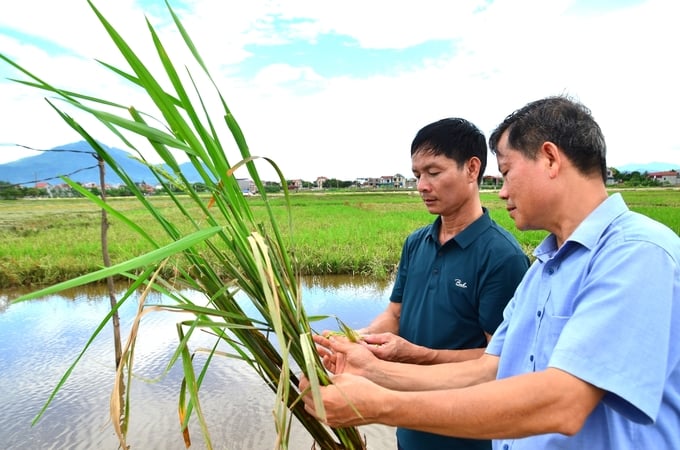
In Bao Yen, there are only about 50 hectares of regenerated rice left. Photo: Duong Dinh Tuong.
Ms. Luong Thi Tuyen in Zone 3 (Bao Yen Commune) said that the areas where straw floats on the surface of the fields after harvesting by machine are areas where there is no more regenerating rice, it is a gray mud color. Only a few green spots on the fields harvested by hand are areas where there is regenerating rice. Previously, Ms. Tuyen planted more than 1 acre of rice, after harvesting the spring crop, she let the rice regenerate, and got 6-7 quintals of rice, but in recent years, because of machine harvesting, there is not much left, so she has to let people look after and harvest.
In the past, when the fields had little water, people in Bao Yen commune used to fertilize the rice by adding a few kilos of fertilizer, but now that the contractors have released fish and the water is so high, they no longer fertilize.
Fish in the field
Regenerating rice in the summer-autumn crop in Bao Yen is no longer as economically efficient as before, but it still brings environmental advantages because it does not require the use of chemical fertilizers or pesticides. Regenerating rice also creates conditions for sustainable aquaculture in the fields here, promoting organic, circular, and ecological agricultural production. The commune has more than 10 households contracting to release fish in the fields, some with as little as 20 acres, some with as much as 40-50 acres. They rent fields from people during the summer-autumn crop from June 1 to December 1, then hand them over to continue planting, with an average return of 100,000-120,000 VND/sao.
Mr. Nguyen Van Quy and his brother-in-law Nguyen Duc Dan have contracted 37 hectares of rice fields to raise fish like that. In the past, when farmers harvested by hand, the rice was never rotten, so the fish raised in the fields were very healthy and grew quickly. Now that they harvest by machine, the stubble is rotten, the water is spoiled, and there is no oxygen, causing the fish to suffocate.
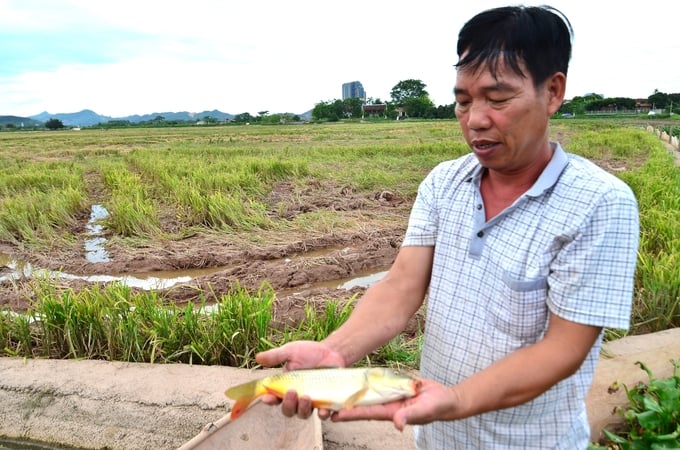
Mr. Tang Van Binh checks fish before releasing them into the field. Photo: Duong Dinh Tuong.
“In 2021, my brothers and I released 4.5 tons of fish and they died because there was no rain, the water in the field rotted and spread out right on the days when the power went out and the aerators couldn’t run. In 2023, my brothers and I released more than 2 tons of fish and they died like that. Before, we used to collect 16-17 tons of fish each year, but now some years we only get less than half that.
Fish raised in the fields eat insects, snails, shrimp, corn, and bran, so the meat is very delicious, but in the past it was still expensive, but now it is sold like "dog fish", very cheap. The market now requires large fish without regard to quality, so those who raise fish in the fields like us are at a disadvantage because in the past, 800g carp was considered grade A, selling for 70,000 VND/kg, but now it takes 1.6kg to reach grade A and only sells for 45,000 VND/kg", Mr. Quy lamented.
Mr. Tang Van Binh in Zone 5 (Bao Yen Commune) has been raising fish with two other households in the fields for 20 years now. After every spring crop, they rent 70 acres of rice fields to release fish. One crop of rice and one crop of fish is the most effective way to utilize the low-lying areas, clearing the fields, reducing weeds, making it easier for people to plant and harvest, and bringing profits to the contractors.
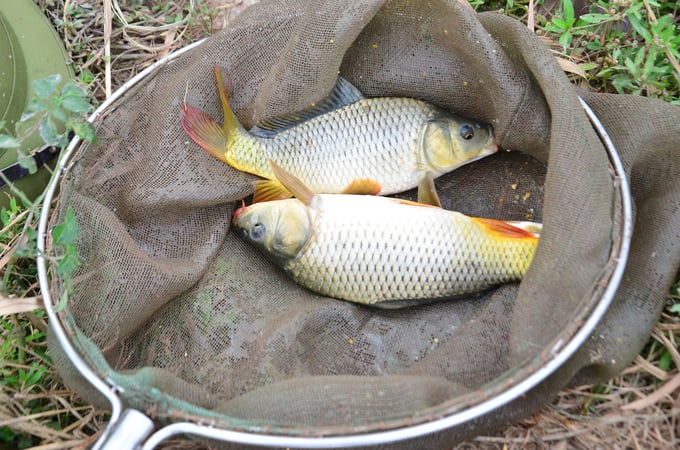
Fish prepared to be released into the field. Photo: Duong Dinh Tuong.
“In the past, when we didn’t raise fish during the crop season, the fields were very dense, and to plant rice, farmers had to hire people to weed and plow, which was very expensive. Now, after we raise fish and return the fields, people just need to go down and plant rice, without having to weed or plow. The contract is every 5 years with a price of 100,000 - 120,000 VND/sao/crop, so both sides benefit,” Mr. Binh analyzed.
At first, when the fish were still small, they raised them in ditches, fed them bran with corn and grass, and waited until the farmers finished harvesting the spring rice, when the fish reached a weight of about 20 fish/kg, before releasing them into the fields. They released all kinds of fish such as grass carp, common carp, bighead carp, bream, banana fish, and tilapia to take advantage of each breed. Grass carp ate grass, mud plowing carp ate worms, bighead carp ate plankton and waste from other fish, banana fish ate shrimp and small fish...
In early summer, 5-7 tons of fingerlings are released into the fields. If everything goes well, more than 30 tons of commercial fish will be caught by the end of autumn. Although the area is large and 3 families work together, the only regular laborer is Mr. Binh who is in the fields 24/7. The rest of the laborers are mobilized when fishing.
In addition to raising fish, they also raise 10,000 ducks each year, including 5,000 super egg ducks and 5,000 meat ducks to make use of the rice scattered in the fields, shrimp, and snails in the water. The quality of eggs and meat from free-range ducks is much better than that of industrially raised ducks, but sadly the selling price is still the same as that of regular products.
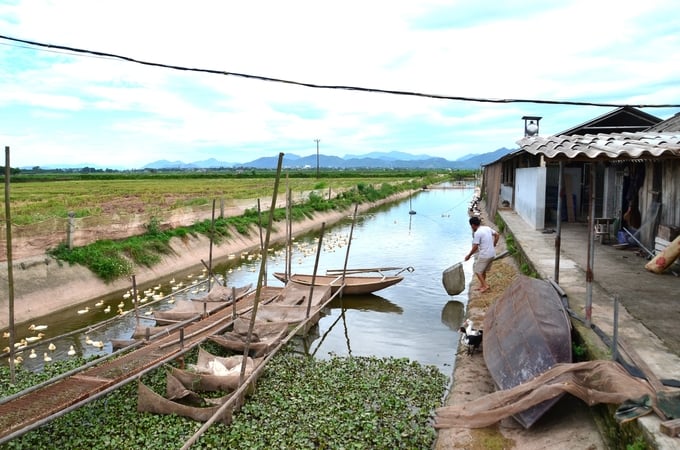
Mr. Tang Van Binh's combined fish and duck farming area in the field. Photo: Duong Dinh Tuong.
In the past, when people harvested by hand and let the rice regenerate, the water environment was good, and raising fish was often successful, but in recent years, harvesting by machine has caused the stubble to be crushed. Of the 70 acres of rented fields, only about 10 acres still have regenerated rice, so the amount of natural food has decreased and the water environment is of poor quality. The total revenue from fish and ducks each crop of the contractor group is 50 - 70 million VND per family, but there are crops where the water is rotten and the fish die, so it is considered as breaking even, losing money on raising...
Mr. Phan Van Dao - Head of the Department of Crop Production and Plant Protection of Phu Tho Province affirmed that the agricultural sector of Phu Tho province is encouraging production according to the formula of one spring rice crop, one regeneration rice crop plus fish farming in the summer crop because the investment is the lowest but the efficiency is the highest.
However, this formula should only be applied in low-lying fields where it is difficult for the harvester to go down and must be cut by hand, and is not recommended in high-lying fields where the harvester can go down and is part of the winter-spring crop planning. The whole province has more than 2,000 hectares of regenerated rice each year in the winter-spring crop, with a rice yield of 4,300 tons, concentrated in Thanh Thuy, Phu Ninh, and Cam Khe districts...
Source: https://nongsanviet.nongnghiep.vn/canh-tranh-lua--ca-tren-nhung-canh-dong-luoi-d388264.html


![[Photo] Prime Minister Pham Minh Chinh chairs meeting to discuss tax solutions for Vietnam's import and export goods](https://vstatic.vietnam.vn/vietnam/resource/IMAGE/2025/4/10/19b9ed81ca2940b79fb8a0b9ccef539a)


![[Photo] Summary of parade practice in preparation for the April 30th celebration](https://vstatic.vietnam.vn/vietnam/resource/IMAGE/2025/4/11/78cfee0f2cc045b387ff1a4362b5950f)

![[Photo] Phuc Tho mulberry season – Sweet fruit from green agriculture](https://vstatic.vietnam.vn/vietnam/resource/IMAGE/2025/4/10/1710a51d63c84a5a92de1b9b4caaf3e5)
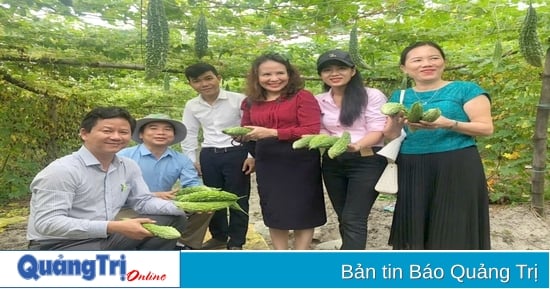

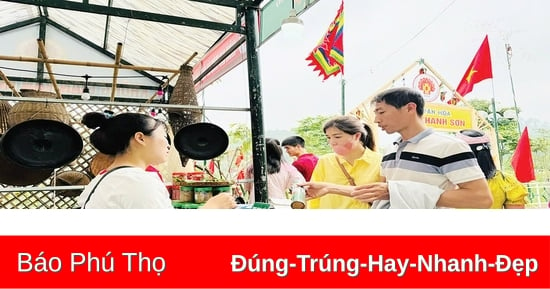



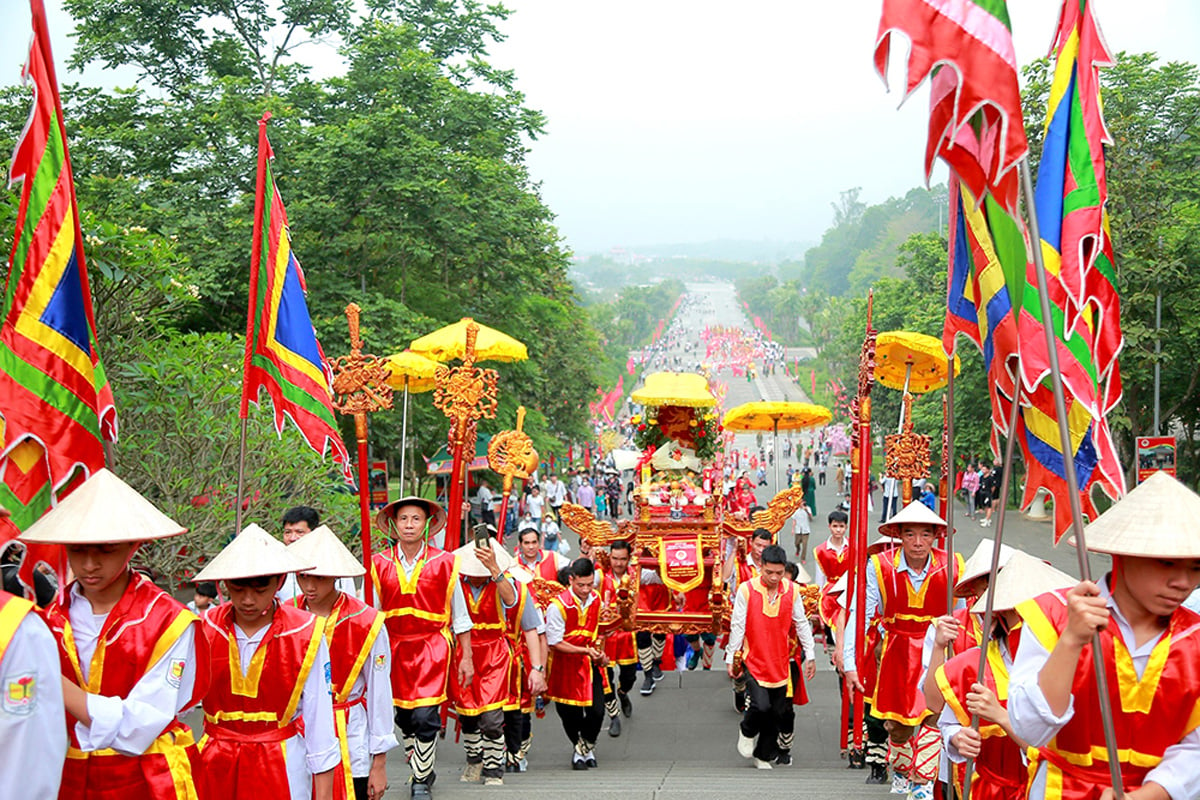

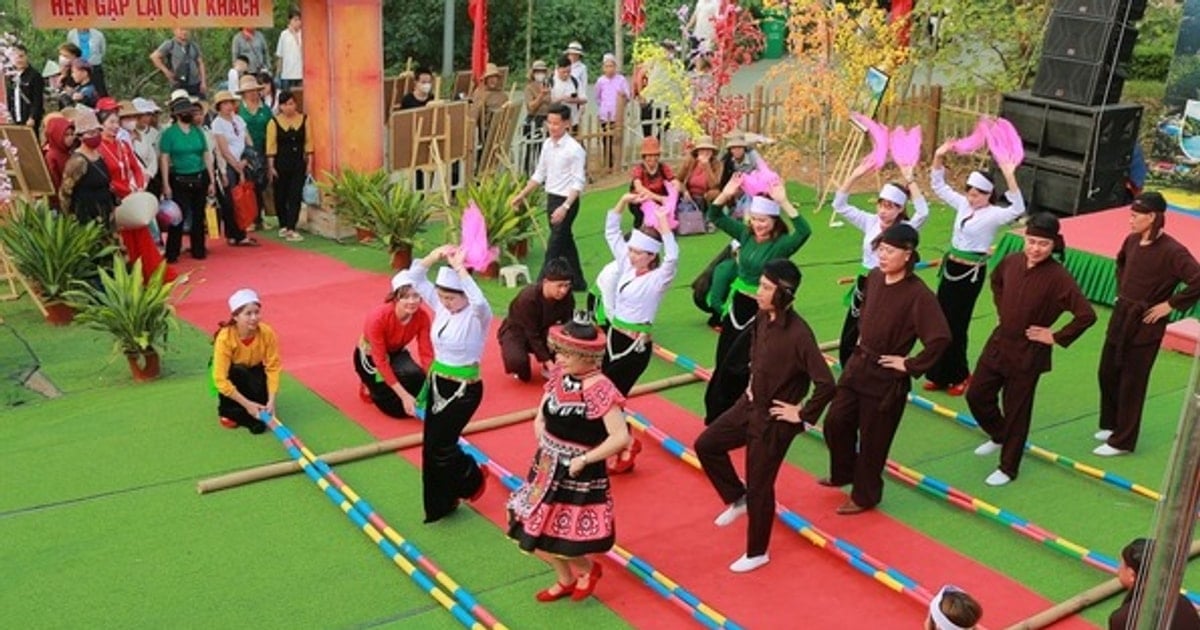



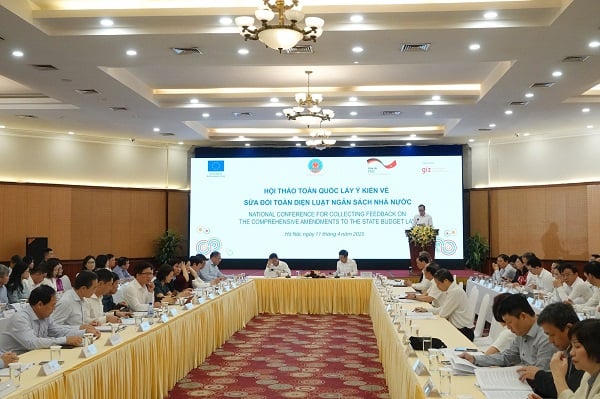
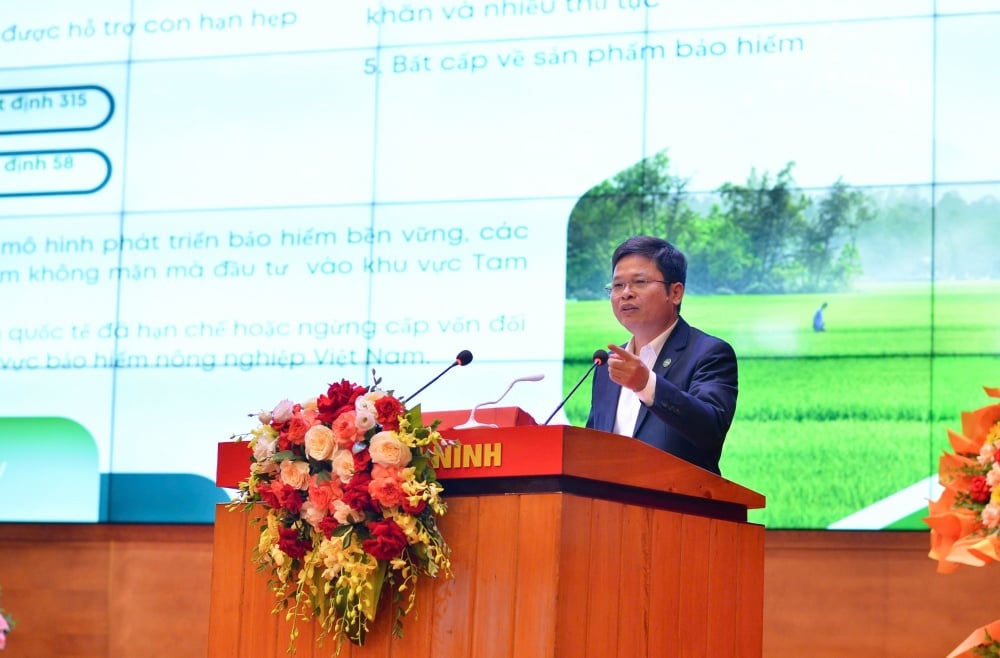

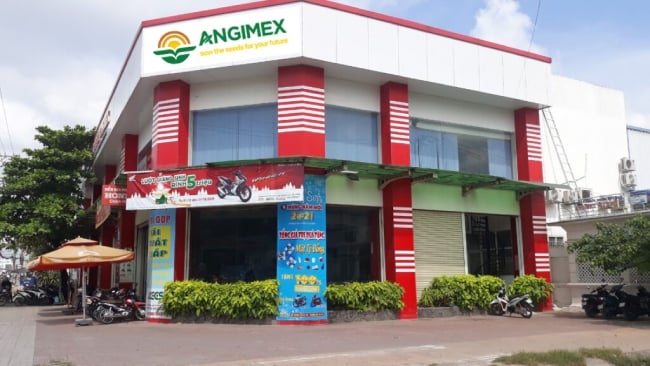
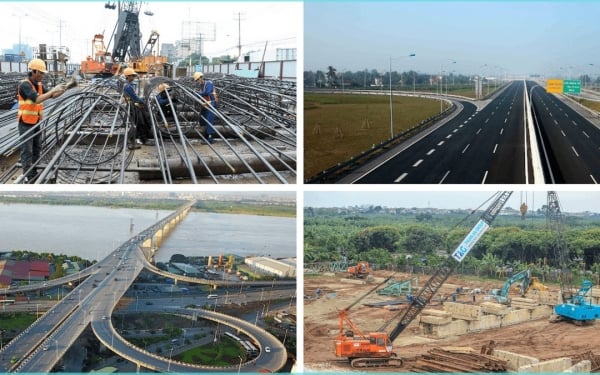




![Building the Vietnamese bird's nest brand: [Part 2] Taking off from 3 key factors](https://vstatic.vietnam.vn/vietnam/resource/IMAGE/2025/4/11/d663f78188744b9abaf7f7bda9d1f112)
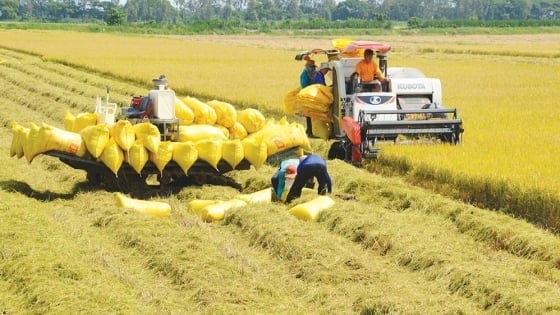
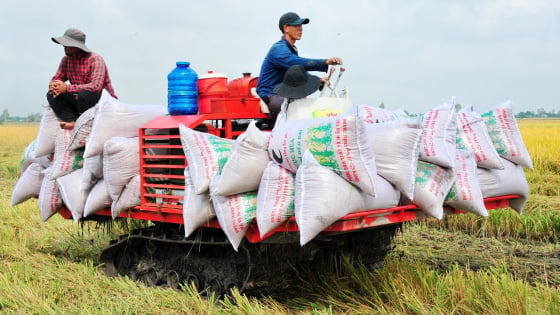
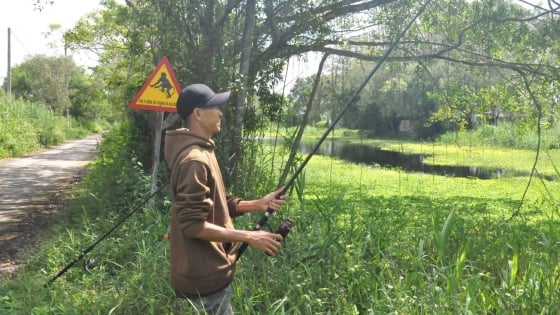

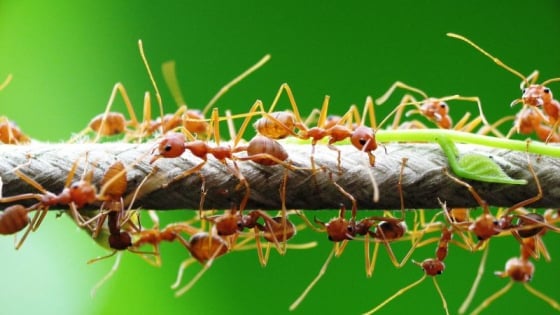




























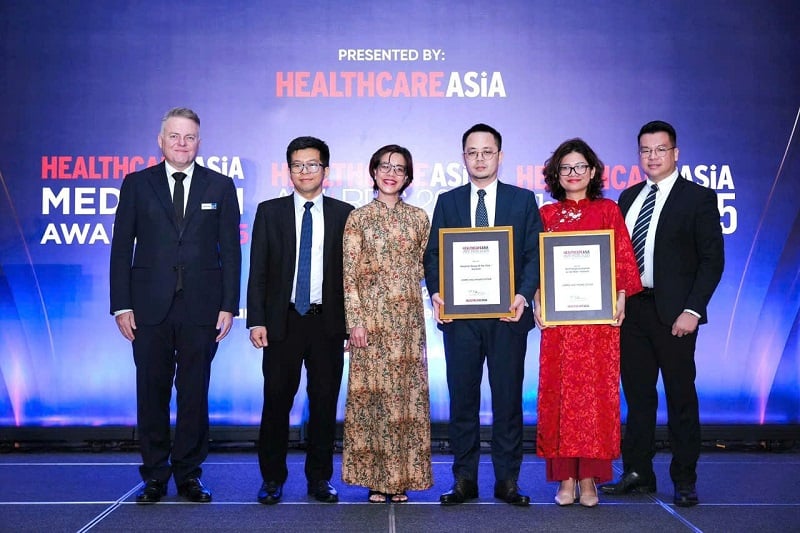

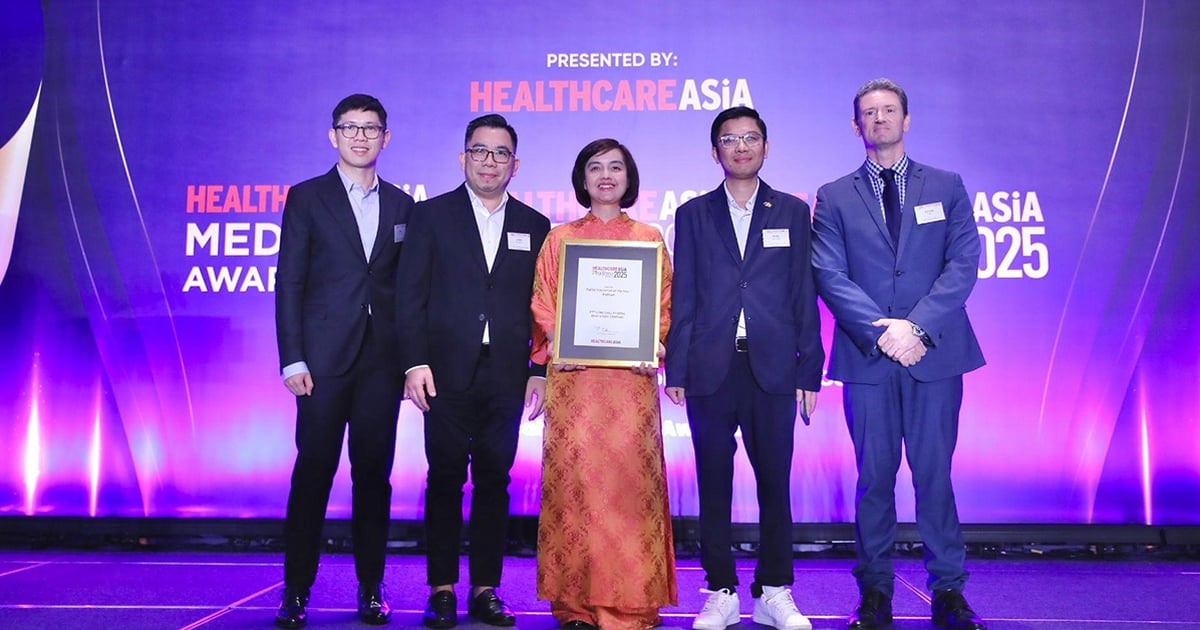









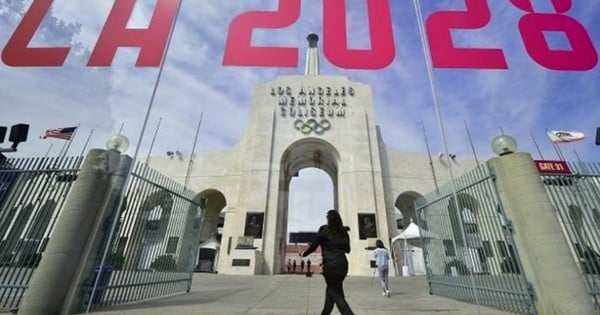





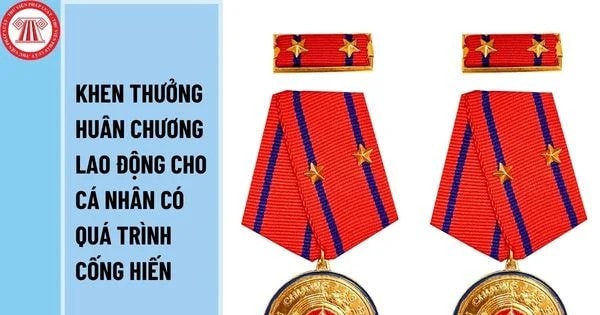
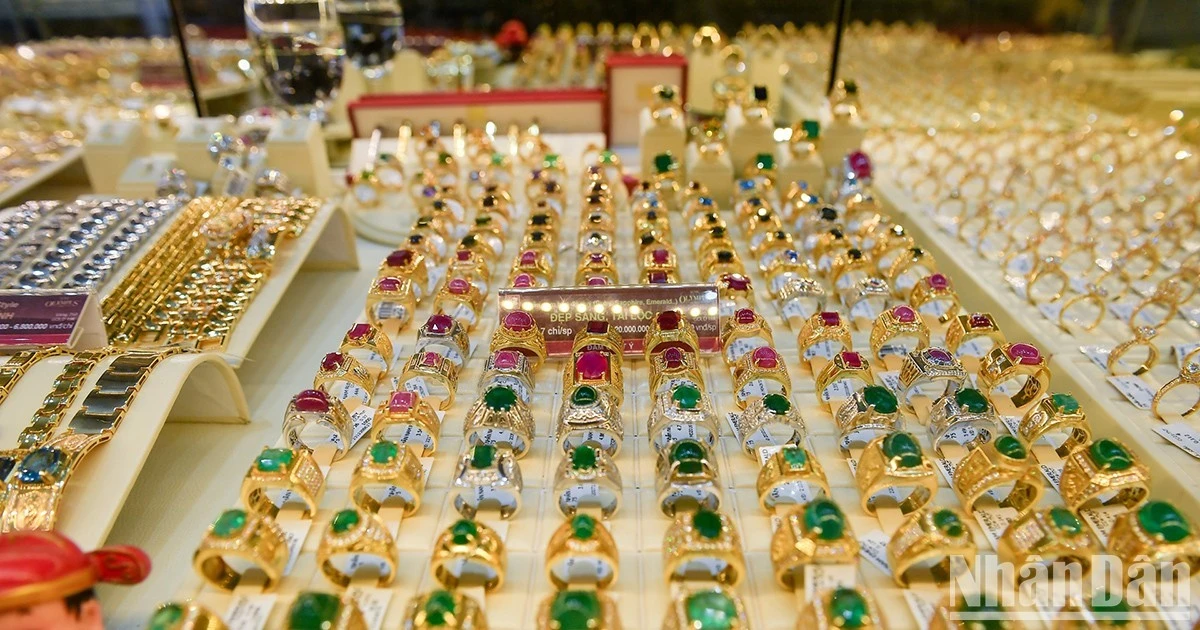



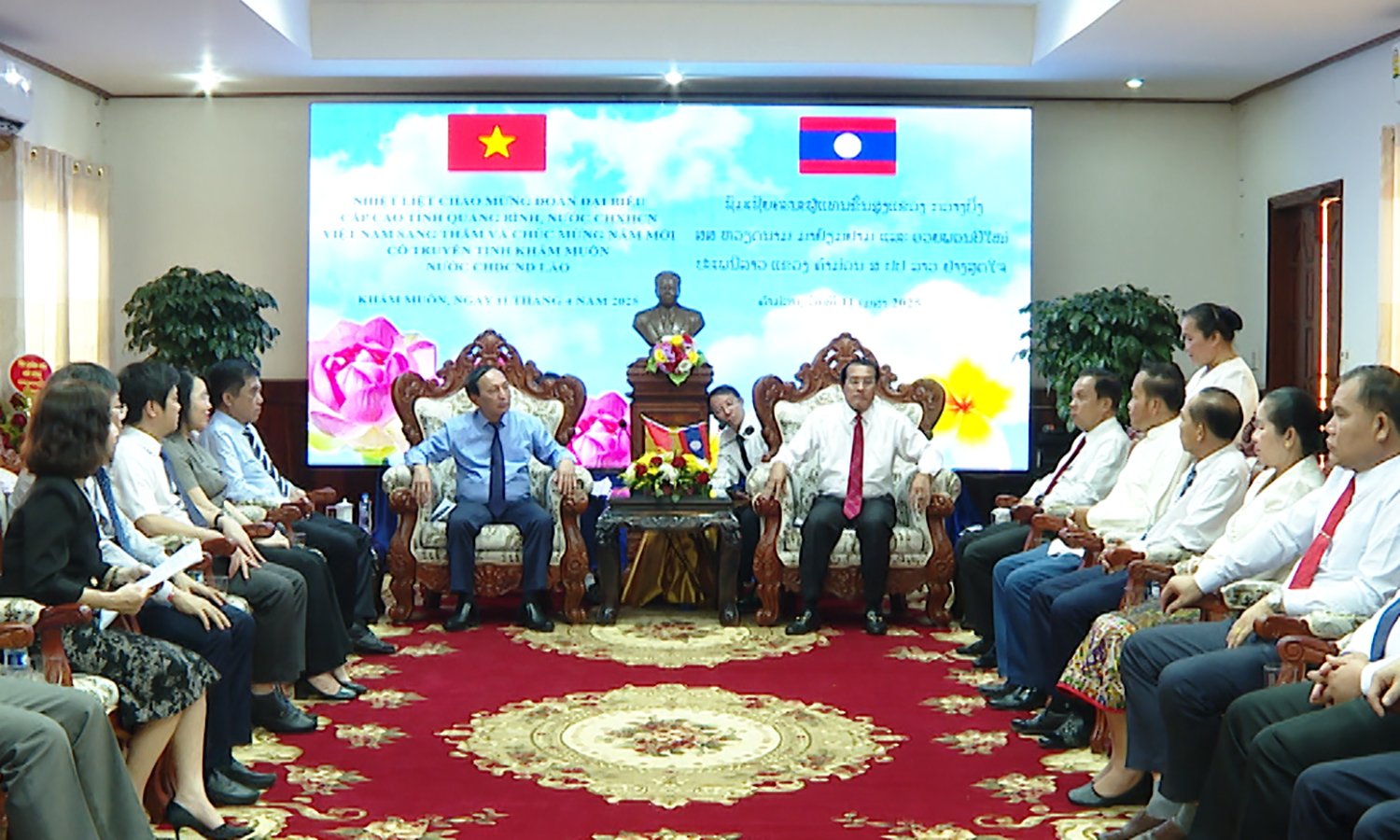
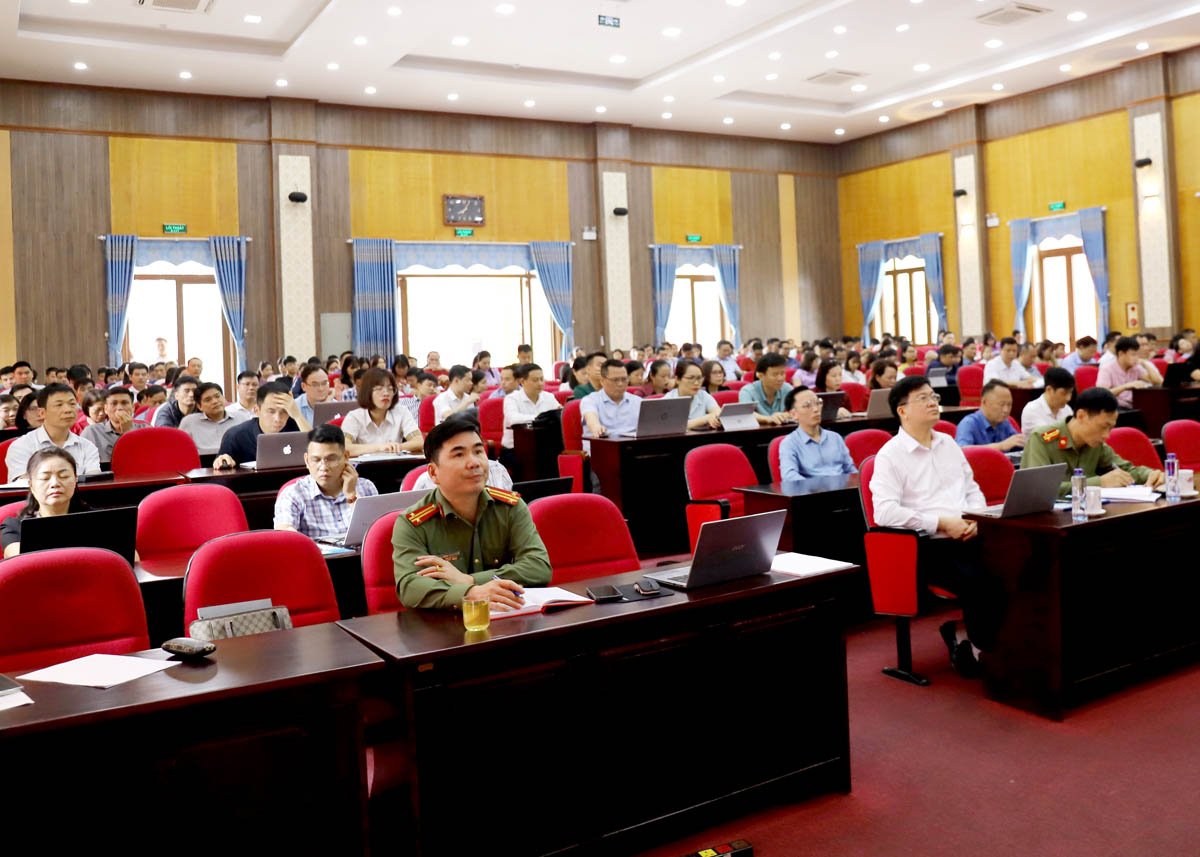
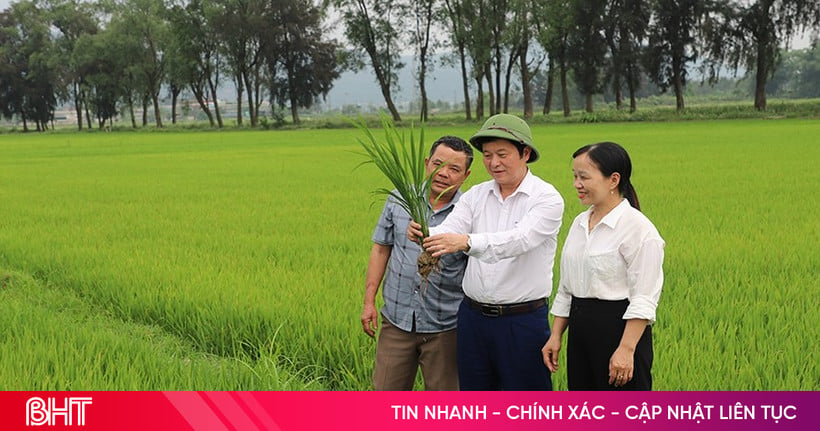









Comment (0)